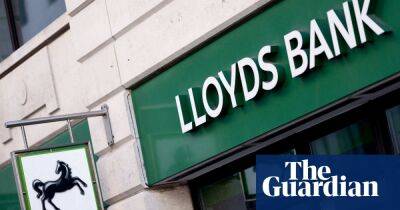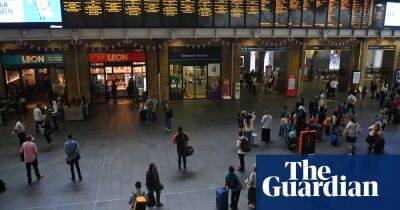Where did all those US sweet shops come from? The problem is, we don’t know
Walk down the UK’s most famous shopping street and you will see bright, inviting emporiums of Americana, stacked high with sweets and rainbow-coloured vape pens. Dotted between them you’ll see identikit souvenir stores selling keyrings and miniature models of double-decker buses. Oxford Street has at least 30of these candy stores on the last count, with some even in prime locations.
Everyone understands that retail had a really tough time during the pandemic, which saw big names leaving high streets across the country. Even so, shoppers and tourists are perplexed. Why are there so many? Why do they often appear to be empty? Why are sweets being sold at eye-watering prices?
The answer to the first question is the long-term decline of the high street due to online shopping, compounded by the short-term shock of lockdowns during the pandemic. The increased number of empty units has created a headache for freeholders or long leaseholders of these buildings, who become liable to pay business rates on the empty stores. To avoid this, a number have let their sites to an intermediary company (or series of companies) or managing agent, who in turn let to other companies who run souvenir or sweet shops.
Anyone moving into an empty shop becomes liable for business rates instead of the freeholder or long leaseholder. The problem is establishing who the occupier actually is. When council officers visit US candy shops, they frequently meet staff who claim not to know who the owner is and point to a shell company licence certificate on the wall. The council has the job of trying to unpick a trail of false occupation names or shell companies that dissolve before we can take court action for business rates owed. When we do find the
Read more on theguardian.com


















